By: Ali Sajad Mawlaee
The findings indicate that the Islamic State (ISIS), specifically its Khorasan branch (IS-K), has developed plans for operations within and beyond its designated territory. ISIS aims to promote unprecedented violence in local, regional, and international domains. The inclusion of a significant number of Uzbekistan’s Jundallah members in the IS-Khorasan has brought the group closer to Central Asia. Experts view ISIS as an outcome rooted in political, social, and ideological contexts, categorizing extremist groups into ideological-political or political-propaganda categories. However, ISIS falls into a distinct third category that pursues unparalleled violence and jihadist ideology. It is worth noting that ISIS Khorasan (IS-K) differs from ISIS in Iraq and Syria in terms of strategy and worldview. While IS-Khorasan focuses solely on attrition warfare, ISIS in Iraq and Syria seeks territorial control and the re-establishment of the caliphate. The question remains: Who is ISIS, and how do they perceive the world?
The statistics of mass killings perpetrated by ISIS in several countries, including Afghanistan, are deeply concerning. In recent years, ISIS’s Khorasan branch (IS-K) has carried out bloody attacks, particularly after the Taliban regained power in Afghanistan. According to an assessment by Hasht-e Subh Daily, in 2021, ISIS conducted approximately 15 attacks across Afghanistan, resulting in 381 deaths and 527 injuries, with civilians, mostly Shiites, being the primary victims. These attacks nearly doubled in 2022, reaching a total of 34, including 24 attacks on non-military targets. Throughout that year, 432 people were killed and 747 others were injured in ISIS attacks. This year, ISIS has continued its violent activities, conducting over six attacks, especially targeting diplomatic sites, resulting in 49 deaths and 141 injuries. These attacks have been predominantly observed during winter, and the numbers may rise in the upcoming months. Thus, over the past two and a half years, ISIS has caused the deaths of nearly a thousand people and left close to 1,500 others injured in Afghanistan alone.
Based on the current circumstances, ISIS is widely recognized as one of the most extreme religious groups globally. Over the past decade, this group has been involved in destructive and violent activities. ISIS, mainly composed of jihadist Salafis, emerged in the solar year 1393 (2014-2015 AD) after engaging in fierce battles with the armies of Iraq and Syria, subsequently gaining control over significant territories in both countries. Referred to as the fourth wave of Islamic fundamentalism, it is regarded as more ruthless and radical compared to previous waves. Religious scholars attribute the ideology of ISIS to a set of specific jihadist interpretations of Islamic scriptures, hadiths, and verses of the Quran, which contribute to its heightened ferocity in the region.
The 1970s marked a significant decade for the emergence of radical Islam and fundamentalist groups, considering the historical context. Various factors, including the setbacks of Arab nationalism and Arab-Muslim, defeats in the Six-Day War against Israel, the Camp David Accords, the Mecca uprising, the Islamic Revolution in Iran, and the Soviet invasion of Afghanistan, contributed to the rise of Islamic fundamentalist groups like Al-Qaeda and the Taliban. Additionally, recent events such as the US invasion of Iraq and the Arab Spring have further facilitated the emergence and formation of ISIS, which exhibits even greater brutality and radicalism compared to previous groups.
In the present day, extremist groups are on the rise in the Islamic world, driven by the ambition to establish Islamic governance, caliphates, and emirates. These groups share a common goal of implementing Sharia law and advocating a return to the early days of Islam. They dismiss any alternative interpretations of Islamic scriptures as “Bid’ah” or “Innovation.” Among these movements, ISIS, also known as the Islamic State of Iraq and Syria, has gained notoriety by swiftly seizing control of significant territories in Iraq and present-day Syria. Infamous for its brutality, violence, and ruthlessness, ISIS represents a striking example of the Islamic movement. Nevertheless, the question lingers: Who truly is ISIS, and what are the ideological underpinnings that have transformed the world into a realm filled with bloodshed and hatred for them?
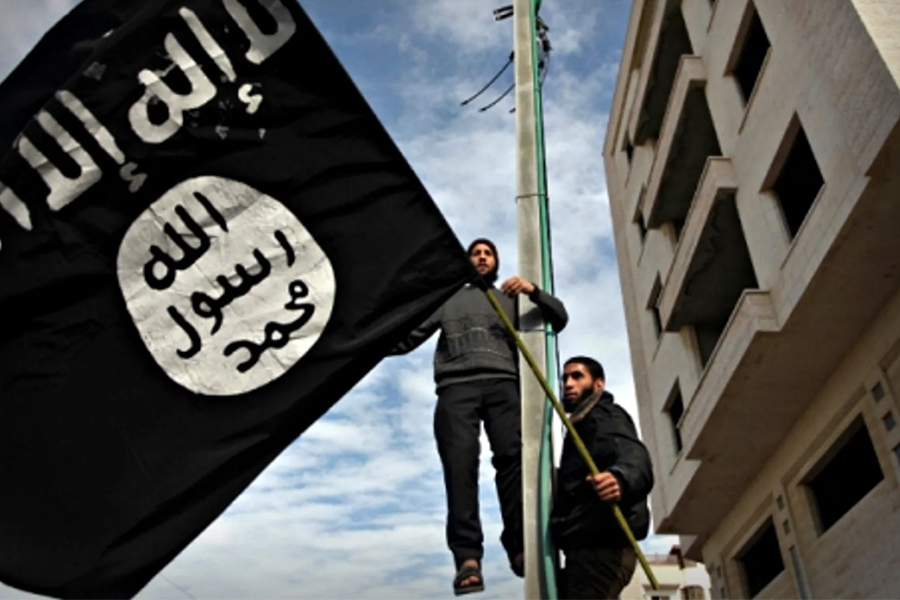
ISIS and the Fantasy of Caliphate
ISIS originated as a splinter group of Al-Qaeda and Al-Nusra Front (Jabhat al-Nusra), operating under the command of Osama bin Laden, the former leader of Al-Qaeda. The group separated from Al-Qaeda in 2006. Abū Muṣʻab Zarqāwī, the former commander of ISIS, cited the tolerance, disagreement, and leniency of Osama bin Laden as the reasons for the group’s split. According to Abdel Bari Atwan, an Arab journalist, the main factor behind the separation from Al-Qaeda was the approach and strategy advocated by Abū Muṣʻab Zarqāwī, who strongly supported violence and brutality, something that Osama bin Laden and Ayman al-Zawahiri did not fully endorse. Prior to adopting the name “Islamic State of Iraq and Syria” (ISIS) in 2013, the group operated under different names, including Jabhat al-Tawhid and al-Jihad, Al-Qaeda in Mesopotamia, and the Islamic State of Iraq. Abu Bakr al-Baghdadi, the former leader of the group, made his first and last public appearance and delivered a sermon at the al-Nouri Mosque in Mosul, Iraq.
On October 26, 2019, the US successfully eliminated al-Baghdadi in the village of Barisha, Iraq, near the Turkish border. Trump personally followed the operation to kill al-Baghdadi and praised the US forces for eliminating the ISIS leader. Five days after al-Baghdadi’s assassination, ISIS chose Abu Ibrahim Hashimi al-Qurashi as his successor. Al-Qurashi played a significant role in crimes against Yazidis and previously held responsibility for the judiciary branch of ISIS. However, on February 3, 2022, al-Qurashi was killed as a result of a US military operation in Syria. One month later, ISIS appointed Abu al-Hasan al-Hashimi al-Qurashi as the group’s leader. While there were reports of his arrest by the Turkish government in Istanbul, the details were not made public. In November 2022, he was killed in clashes with former members of the Free Syrian Army in that country. Subsequently, Abu al-Hussein Hashimi al-Qurashi became the leader of ISIS, but his reign was short-lived as he was killed by Turkish forces in late April 2023. Recep Tayyip Erdoğan, the President of Turkey, confirmed his death. Therefore, the new leader of the ISIS group has not yet been determined.
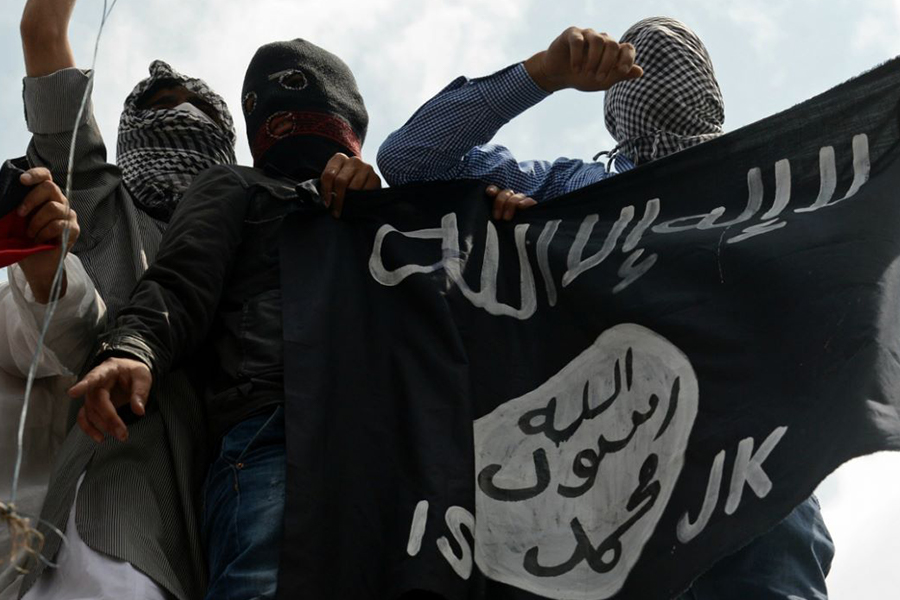
Unleashing Violence: The Central Asia Project
In 2015, ISIS expanded its presence in Afghanistan, targeting a geographical area known as ISIS Khorasan (IS-K), which includes parts of northeastern Iran, northwestern Afghanistan, and western Pakistan. However, the group’s attacks extended beyond the designated borders. At that time, two individuals, Abu Yazid Abdul Qahir Khorasani and Abdul Rahim Muslimdost, pledged allegiance to ISIS with a Salafi inclination. However, their allegiance did not immediately result in the establishment of ISIS in Afghanistan. Later, Mullah Abdul Rauf Khadim and Hafiz Saeed Khan also pledged allegiance, becoming the core members of ISIS Khorasan (IS-K). Baghdadi appointed Hafiz Saeed Orakzai, of Pakistani origin, as the leader of ISIS Khorasan (IS-K) and Mullah Khadim as his deputy. Both had previously been members of the Afghan Taliban, and Mullah Khadim was recommended by the Taliban to leave ISIS. However, he quickly became a target of US forces and was killed in February 2015.
Hafiz Saeed Orakzai, however, continued to lead the ISIS group for approximately one and a half years. He had anticipated becoming the leader of Tehrik-i-Taliban Pakistan (TTP), but he was not chosen as the successor to Baitullah Mehsud due to a lack of support from various Taliban factions, including the Afghan Taliban. Consequently, he left the group and joined ISIS. Nonetheless, the US did not overlook the first leader of ISIS Khorasan (IS-K) and eliminated him in July 2016 in Nangarhar province. Subsequently, ISIS appointed Abu Amir Abdul Haseeb Logari as the second leader of the group in the Khorasan region. However, he also became the target of Afghan forces exactly one year later in April 2017, and was killed in Nangarhar province. Following his death, Abdullah Orakzai, known as Aslam Farooqi, assumed responsibility for the Khorasan branch (IS-K) of ISIS. He was arrested by Afghan security forces in 2020.
After the arrest of Aslam Farooqi, ISIS made an announcement in June of that year, stating that a person named Shahab Al-Muhajir would assume leadership of the Khorasan branch (IS-K). Initially, there was speculation that Shahab Al-Muhajir was of Arab origin, but later his true identity was revealed as Sanaullah Ghafoori. Apart from orchestrating the attack on Nangarhar prison, he was also responsible for the Kabul evacuation explosion during the Taliban’s takeover of the Afghan capital. The US has offered a reward of $10 million for his capture, following the planned attack that claimed the lives of 13 US forces in that tragic incident.
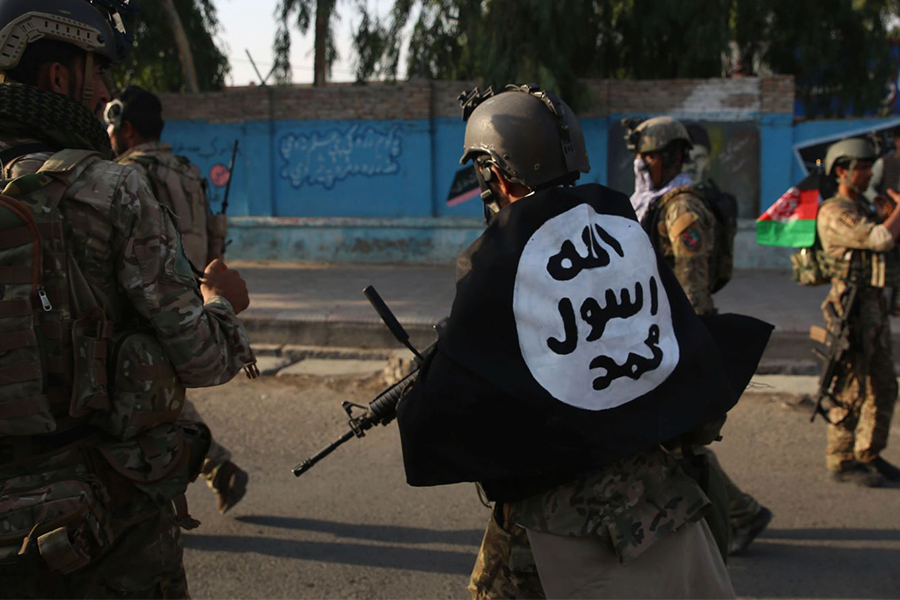
What are the objectives of the ISIS-Khorasan branch (IS-K)?
According to findings from the Hasht-e Subh Daily, the ISIS-Khorasan branch (IS-K) has set its sights on specific areas in Afghanistan, Iran, and Pakistan to pursue its objectives not only in neighboring countries but also in distant ones. The group has identified three categories for its members’ activities. The first category focuses on the eastern zone of Afghanistan, particularly Kunar and Nangarhar provinces, where the group plans to continue its persistent operations. The second category includes neighboring territories to Afghanistan, such as Tajikistan, Uzbekistan, and Isfahan province in Iran, where ISIS-Khorasan (IS-K) employs guerrilla warfare tactics rather than constant attacks. The third category involves pursuing strategic objectives in the United States and its supporting countries. The findings reveal that ISIS-Khorasan’s plan to achieve this goal involves launching terrorist attacks through various channels.
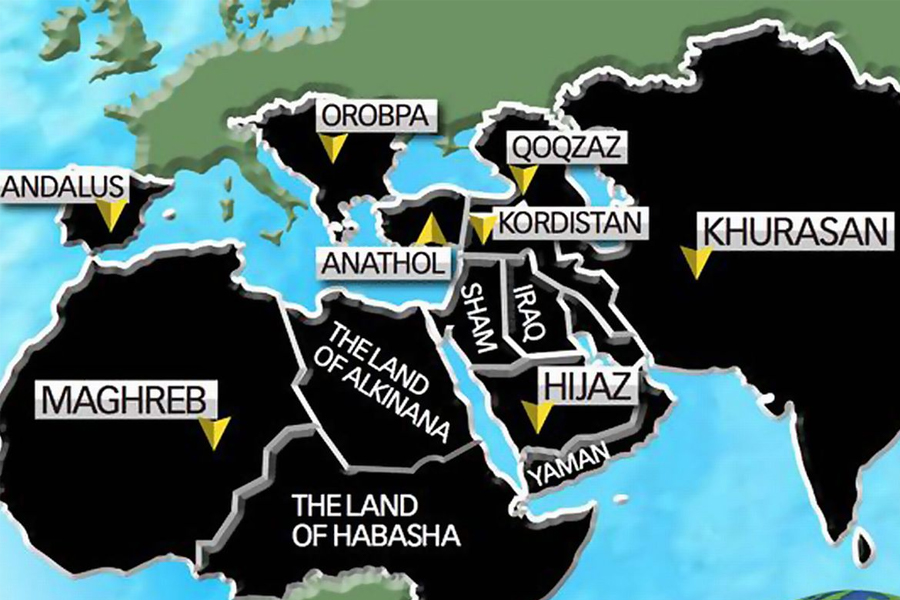
ISIS-Khorasan’s activities reveal Shahab Al-Muhajir’s strong inclination towards bloodshed and revenge. In June 2022, he instructed his subordinates in Afghanistan to prepare for an attack on the center of Kunar province and carry out mass killings of the group’s opponents. However, the Council of the ISIS Khorasan branch (IS-K) challenged this directive, citing various reasons, including the inability to maintain control over the center of Konar province for an extended period, making the implementation of such an operation infeasible.
As preparations unfold, a significant number of Jundallah members have joined ISIS-Khorasan (IS-K) and are actively opposing the Uzbekistan government. A report from Hasht-e Subh Daily in 2022, provides details about certain Jundallah members who have assumed roles within ISIS-Khorasan (IS-K). These include Mullah Sa’ad, an Uzbek national, who now leads Jundallah within ISIS-Khorasan (IS-K), and Osama, son of Osman Ghazi, also an Uzbek national, serving as the deputy of Jundallah. Additionally, Mullah Seerat, located in the Dasht-e Qala district of Takhar province, holds a position as a military officer, while Mullah Manib, residing in the Imam Sahib district of Kunduz province, serves as an intelligence officer for the group.
Jundallah members played a significant role in the Taliban’s takeover of the northern region of Afghanistan. However, due to mistreatment by the Taliban after they regained control, many of these members joined ISIS. The number of individuals who made this switch reached two thousand, with additional support from thousands more. Resentment towards the Taliban drove some Jundallah members to align with ISIS, including the deputy of Jundallah in ISIS-Khorasan (IS-K). This individual witnessed his father, Osman Ghazi, being killed by the Taliban in Zabul province. The Taliban commanders responsible for the killing were aware of his allegiance to ISIS, although he had reportedly consulted with some Taliban commanders on this matter. Internal communications within ISIS, obtained by the Hasht-e Subh Daily, reveal significant disagreements among members, resulting in confrontations. In a letter addressed to ISIS in Iraq and Syria, two Tajik members of the ISIS-Khorasan branch (IS-K), who are part of the group’s economic division, expressed dissatisfaction with Shahab al-Muhajir’s appointment of Mehrab Tajiki as the head of economic affairs in ISIS-Khorasan (IS-K). They accused Mehrab Tajiki of colluding to sideline individuals previously appointed by Mu’awiya Tajikistani. ISIS in Iraq and Syria has sent a questionnaire to Shahab al-Muhajir seeking clarification on these matters. These incidents point to internal rifts and disagreements within the ranks of ISIS Khorasan (IS-K).
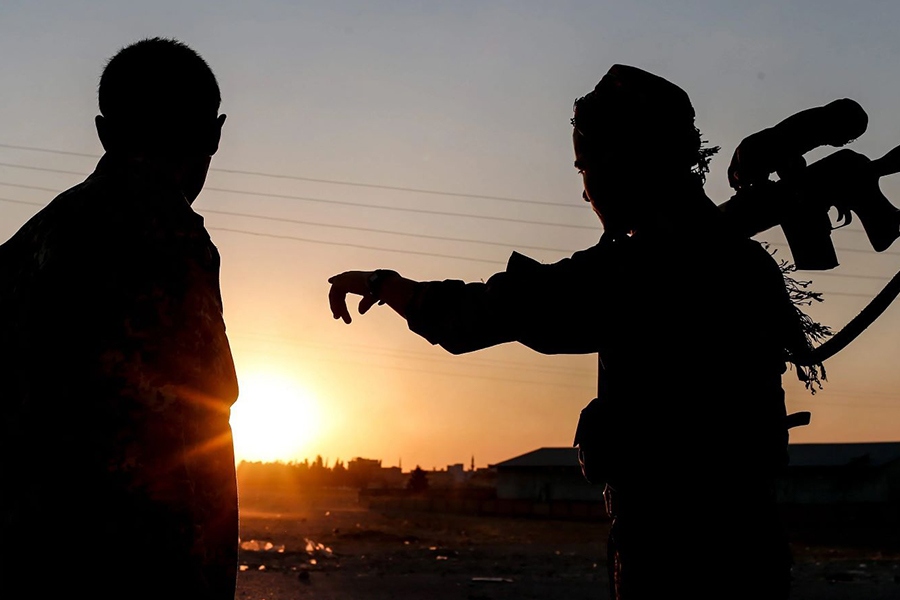
ISIS and its Intellectual-Cultural Foundations
In 2014, the ISIS group began publishing certain magazines that largely promoted its ideology. One of these magazines was “Dabiq,” which urged people to abandon the lands of disbelievers and join the “Islamic State” for safety from corruption. The magazine explicitly advocated the destruction of specific groups, such as Shias, Nasiris, Yazidis, apostates, Christians, and Jews. However, experts suggest that the emergence of ISIS and its unprecedented violence can be attributed to multiple factors and causes. Mohammad Moheq, a researcher on Islamic affairs, stated in an interview with the Hasht-e Subh Daily that these groups did not emerge suddenly; their political, social, and intellectual foundations have existed for a long time. According to him, these groups are not sudden, accidental, or temporary phenomena; instead, they represent a discursive trend that has evolved, become more comprehensive, and diversified over centuries.
According to Mr. Moheq, ISIS has built itself upon four cultural and intellectual foundations, meaning it has utilized these foundations. He further explains that this group relies on certain Quranic verses that were applicable to a specific historical context and cannot be universally applied to all eras. The interpretation of these verses should consider the present circumstances. However, Salafis, including ISIS members, consider such interpretations as religious innovation and deviation. Additionally, ISIS members continue to base their actions on a series of hadiths related to conquest and expansion.
Mr. Moheq also points out that during the Umayyad and Abbasid Caliphates, these hadiths were utilized to mobilize people for territorial conquest, shaping a specific narrative. The jurisprudential literature that emerged in the Islamic Middle Ages contains expressions of hatred and Otherization, which fueled sectarianism. According to Mr. Moheq, this literature reflects an oppositional spirit, with each side attempting to disprove the claims of the other. Furthermore, these ancient jurisprudential texts have been unquestioningly celebrated and elaborated upon in various periods, with scholars providing detailed descriptions praising their content.
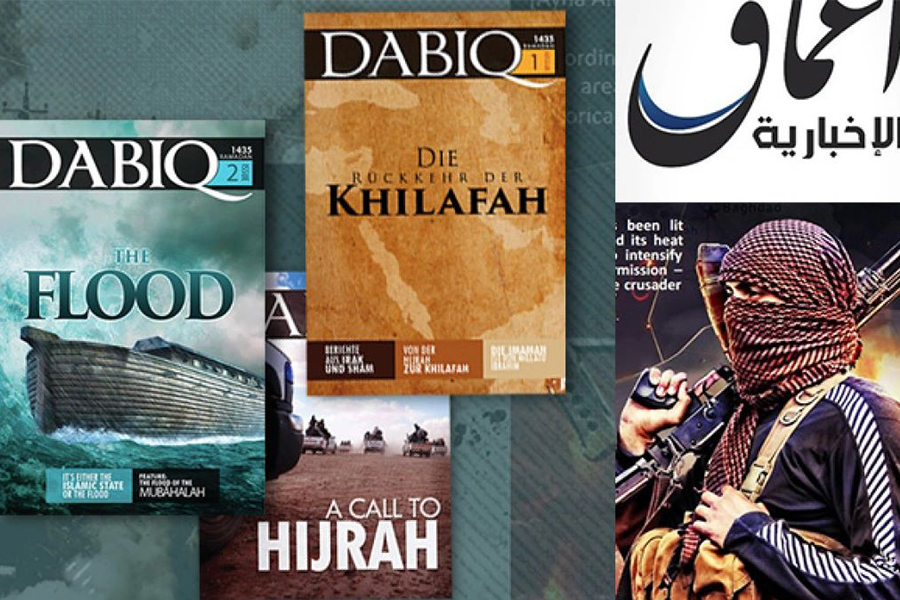
According to Mr. Moheq, the most recent intellectual foundation is the anti-colonial literature that arose during British colonization. These texts highlight jihadism, the call to follow the ways of the righteous predecessors, and the ideology of Otherization. ISIS has constructed a worldview for its militants based on these texts, which contain narratives of war, brutality, and massacres.
According to Mr. Moheq, “These intellectual foundations alone are not sufficient, and there have been other secondary events and factors that led to the formation of ISIS. The establishment of the Society of the Muslim Brothers and the literature produced by this group, along with the writings of Syed Abul A’la Maududi, have made significant contributions to the formation of this group. Furthermore, the Cold War and the proxy conflicts of the superpowers have facilitated the emergence of extremist groups. Many extremists and militant groups, who consider themselves advocates of political Islam and pursue power, have arisen during this historical period. The US invasion of Iraq acted as the most recent catalyst that hastened the formation of ISIS, taking advantage of the volatile situation in Iraq to establish its presence.”
Dr. Aryan Sharifi, a professor of international security studies at Princeton University in the United States, classifies extremist groups into three categories. The first category comprises propagandists who prioritize spreading their message and believe in educating and guiding people through preaching and admonition. According to Mr. Sharifi, this category does not necessarily promote violence. However, when individuals are dissatisfied or unable to achieve their ultimate goals through non-violent means, some may resort to violence. In other words, this movement inadvertently or deliberately lays the groundwork and infrastructure for potential militants.
According to the Princeton University professor, the second category consists of political Salafis. These Salafis assert that preaching and admonition alone are insufficient and advocate for the establishment of political organizations to guide society toward Sharia law and enact societal reforms. Examples of these factions include Pakistan’s Jamaat-e-Islami and the branch of the Muslim Brotherhood-led by Hassan al-Hudaybi. The third category comprises jihadist Salafis who believe that political preaching and organization alone are inadequate for establishing a divine government and implementing Muhammad’s Sharia. They advocate for a more militant approach. Notable representatives of this ideology include Al-Qaeda, the Taliban, and ISIS.
The performance and worldview of ISIS indicate that this group emerges from the interactions of the other two categories. When individuals in the first and second categories fail to achieve their goals, they become disillusioned and seek an alternative option. Jihadism often becomes the preferred alternative in such cases.
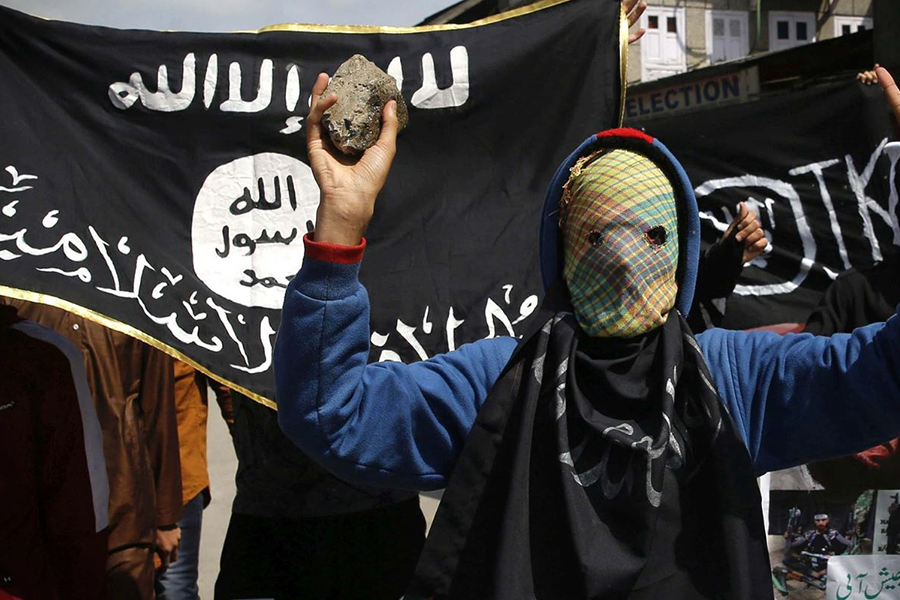
Takfiri Ideology
The central discourse and worldview of ISIS revolve around takfir and the killing of individuals who contradict Salafi beliefs or do not align with their ideology. In Iraq, ISIS targeted Shiites based on their religious identity and perceived religious innovations, while also suppressing Hanafites for not adhering to their desired interpretation of Sharia. According to Mr. Sharifi, the takfiri worldview finds its origins in the ideologies of Ibn Taymiyyah and his chief disciple, Ibn Qayyim al-Jawziyya, who gained popularity during the decline of the Abbasid Caliphate and the destruction of Baghdad by the Mongols. The takfiri ideology and the emphasis on emulating the righteous predecessors spread to other regions after Ibn Taymiyyah, such as Najd (present-day Saudi Arabia) through Muhammad ibn Abd al-Wahhab, and the Indian subcontinent through Shah Waliullah Dehlawi.
According to Hussain Ehsani, a researcher on Islamic groups, certain texts have provided strategies and methods for ISIS members. The most significant texts in this regard are “Signs of the Way” by Sayyid Qutb, “The Absent Obligation” by Abdul-Salam Faraj, “Management of Savagery” by Abu Bakr Naji, and “Message of Jihad” by Abu Abdullah Muhajir. These texts, including booklets and treatises, have illuminated the path and methods of takfir and savagery for ISIS militants. Mr. Ehsani adds that Abu Bakr Naji’s “Management of Savagery” has become the manifesto of ISIS, empowering its members to engage in indiscriminate savagery and the massacre of other religious and sectarian groups.
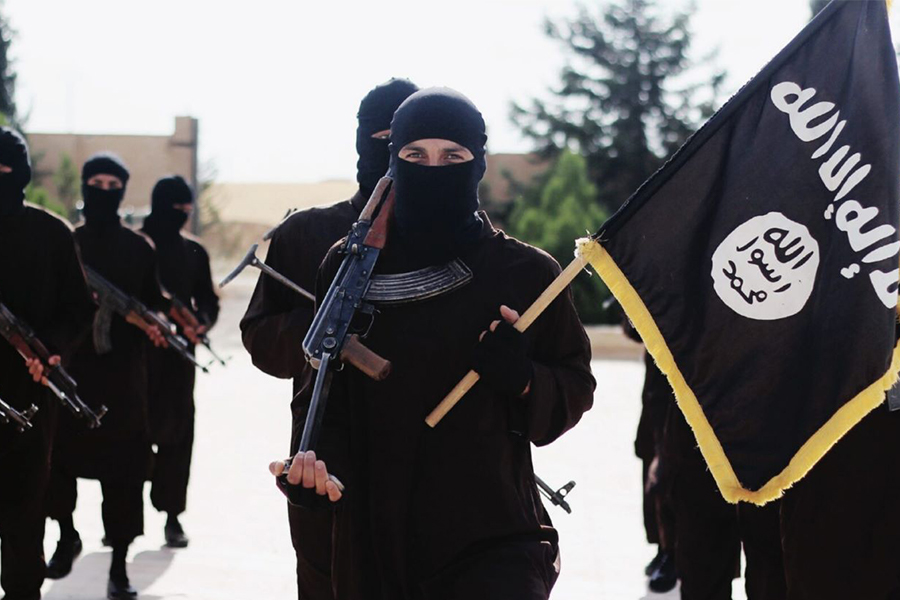
Differences between ISIS and ISIS Khorasan (IS-K)
Hussain Ehsani highlights notable distinctions in strategy and worldview between ISIS (the main branch) and its Khorasan branch (IS-K). The main focus of ISIS Khorasan (IS-K) is not territorial conquest; instead, it aims to inflict damage on its adversaries through guerrilla attacks and attrition warfare. In contrast, the strategy of ISIS (the main branch) revolves around territorial expansion and the reestablishment of the caliphate. ISIS Khorasan (IS-K) does not harbor such ambitions and instead seeks to destabilize the security situation in the region.
Recent findings indicate that ISIS Khorasan (IS-K) is not only responsible for bloodshed but also has aspirations of occupying specific areas and pursuing long-term objectives aligned with the ideology of the main ISIS branch. Since establishing a foothold in Afghanistan, IS-K has conducted lethal attacks in the country’s capital and provinces. These activities include targeting safe houses, mosques, Shia religious centers, and educational institutions, and assassinating prominent religious figures. The group consistently claims responsibility for these attacks through press releases. Despite occasional reports of the Taliban’s military operations against IS-K hideouts, they deny the group’s physical presence in Afghanistan in the media, emphasizing that it is not a concern. Nevertheless, the international community remains concerned about the expansion of ISIS activities, which, given the current circumstances, could potentially pose future global challenges.












